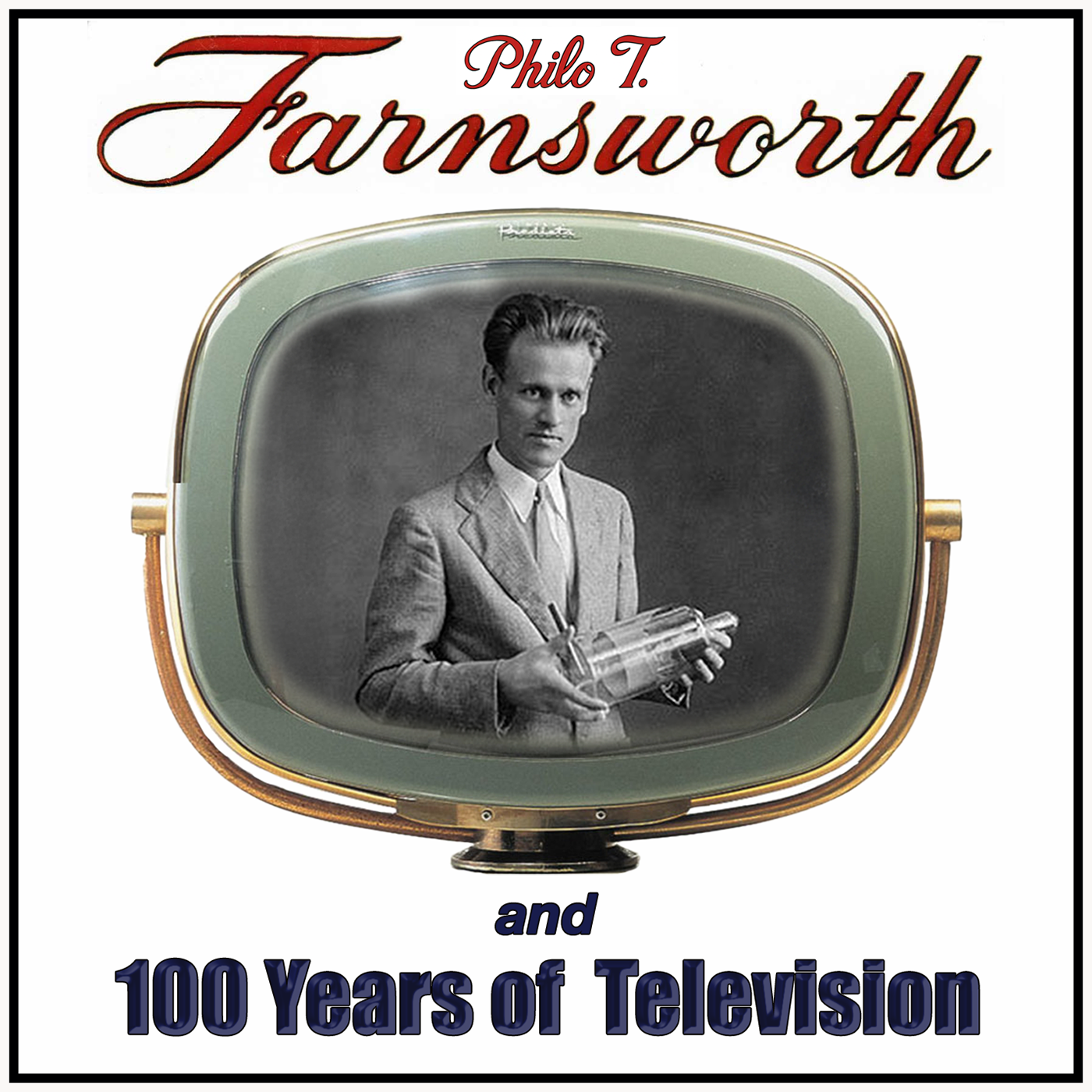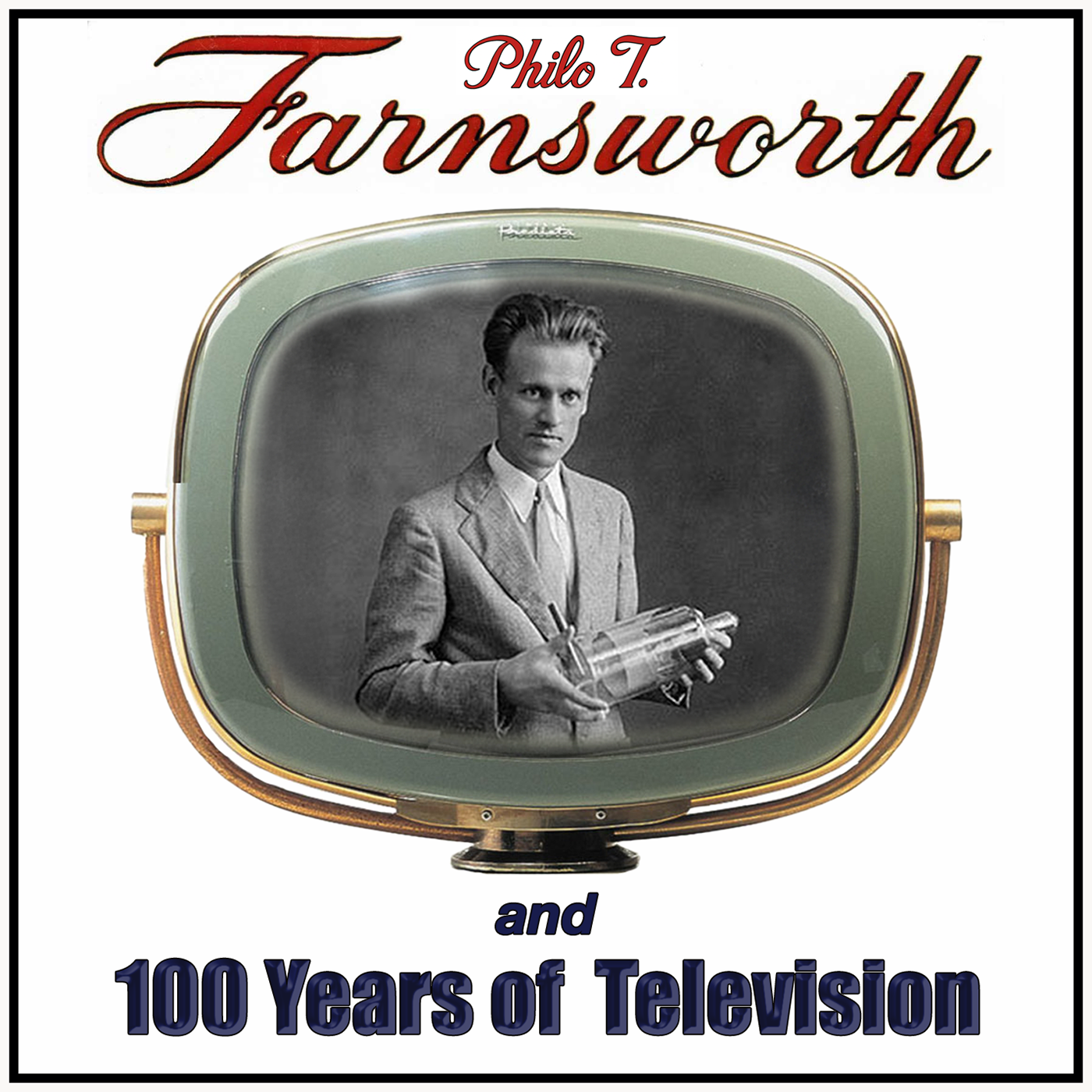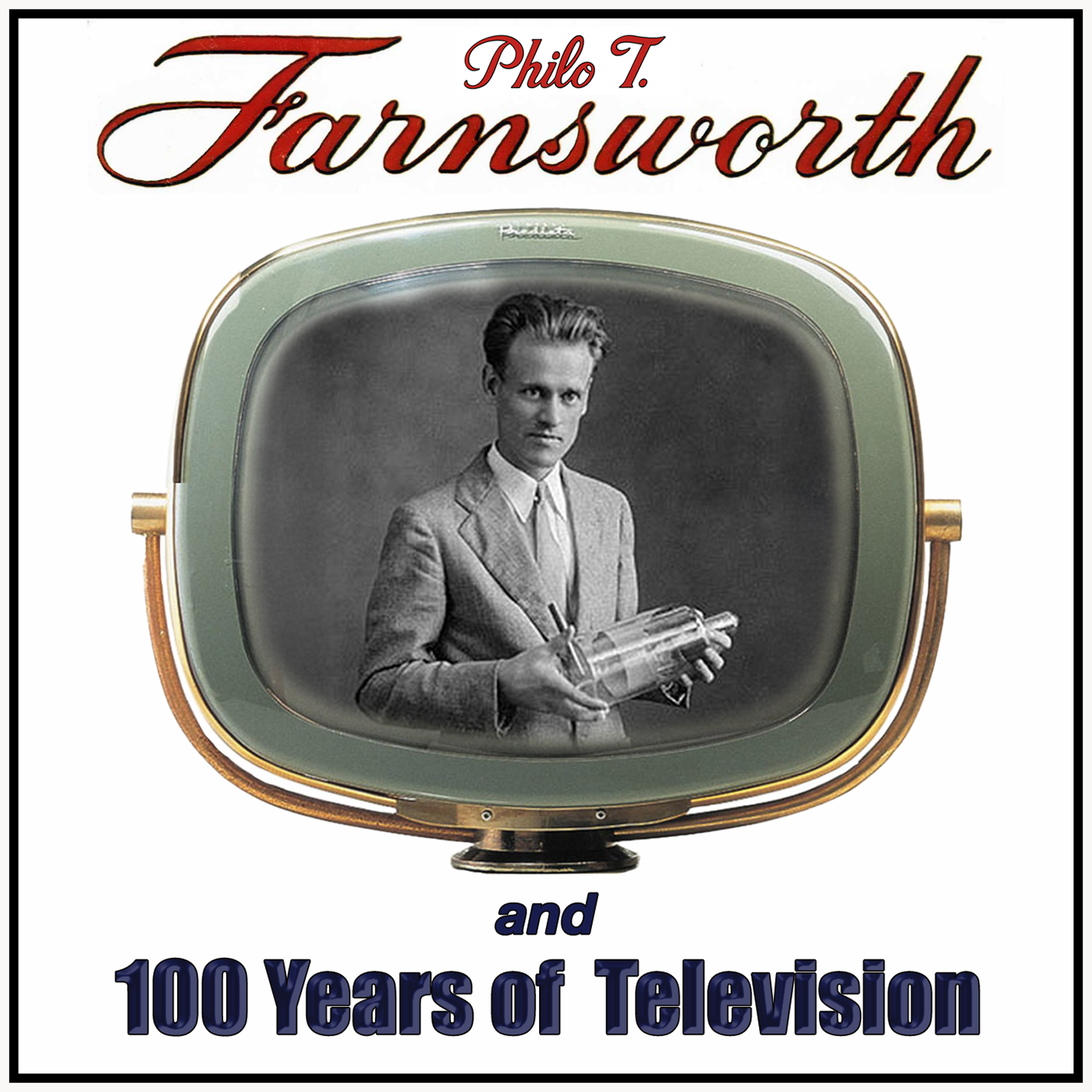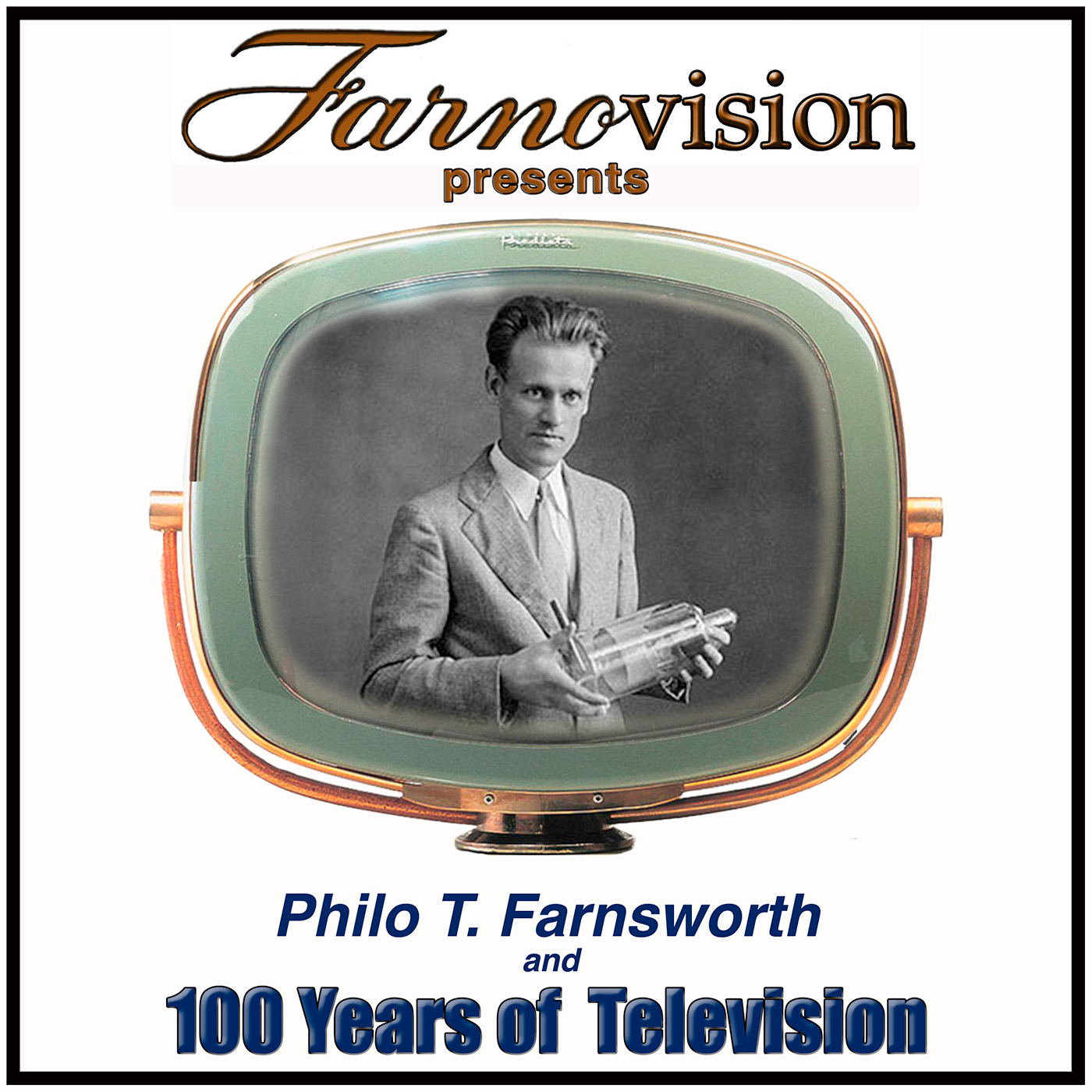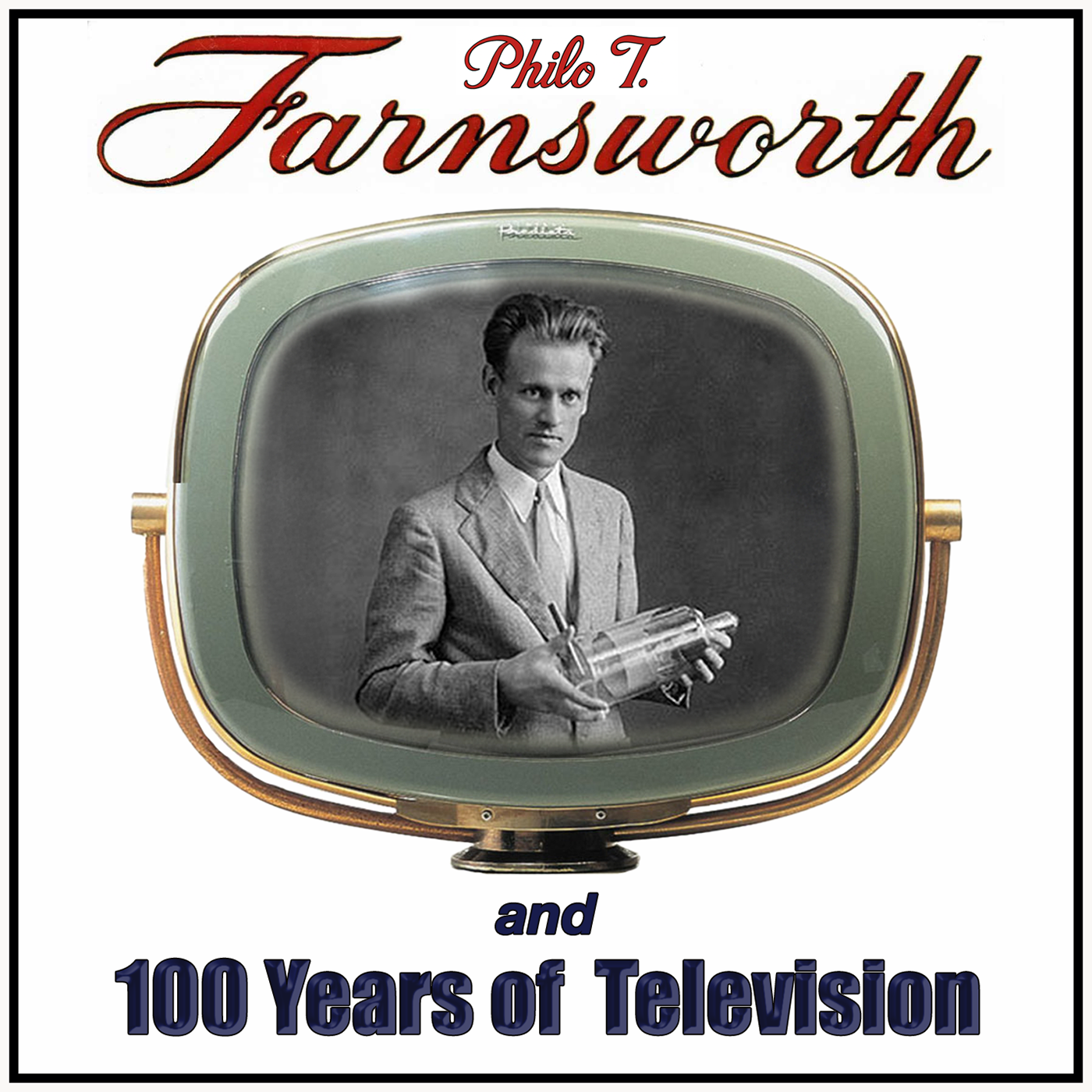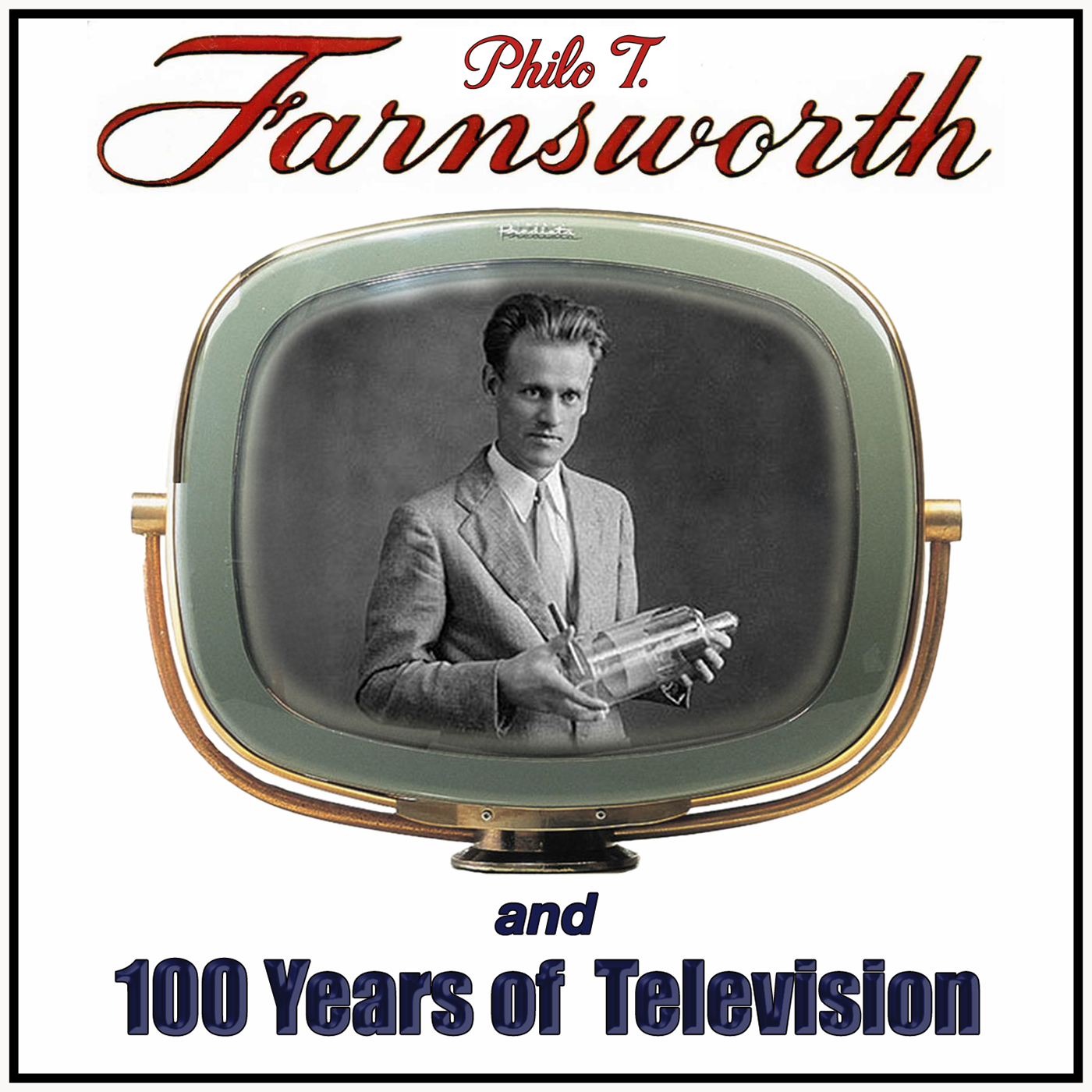Episode Transcript
[00:00:00] Speaker A: They all laughed at Christopher Columbus when he said the world was round they all laughed when Edison recorded sound they all laughed at Wilbur and his brother when they said that man could fly they told Marconi wireless was a phony it's the same old cry.
[00:00:21] Speaker B: Welcome to 100 Years of Television. This is episode number eight, the Franklin Institute, 1934.
For 100 weeks starting in October 2025, this podcast is going to recall the top 100 milestones in the first 100 Years of Television and video.
The countdown is pegged to culminate on September 7, 2027, the 100th anniversary of the day television as we know it was invented.
I'm Paul Schatzkin, author of the Boy who Invented, the definitive biography of Philo T. Farnsworth, who invented the world's first all electronic television system.
In the last episode, we talked about the headlines television generated in the late 1920s as the mechanical systems of the prior era were replaced by Farnsworth's all electronic system.
Today, we're going to hear about the first public demonstration of real television.
By the early 1930s, video technology was evolving rapidly in what had become a worldwide race to bring television to the marketplace.
In the United States, the principal contestants were two very different enterprises.
On one side was the giant Radio Corporation of America, and on the other side was the small company led by the young man who had actually invented electronic television, Philo T. Farnsworth.
RCA wasn't called the Radio Corporation for nothing. It had the capital, the engineers, the factories, and the marketing muscle to extend its dominance in all things radio into the new realm of television.
All Farnsworth had were the fundamental patents that made television possible.
But RCA wasn't about to concede the future without a long and costly fight over those patents.
Both companies had introduced technical improvements, but from 1927 on, every new technical development in the art of television followed. In the wake of the patents that were granted to Philo Farnsworth In 1930, what had begun on a makeshift workbench in San Francisco had grown into one of the most complex engineering challenges of the age. But after seven years of accelerating progress, television was finally on the verge of claiming its rightful place in the living rooms of the world.
In 1931, Farsworth entered a patent, license and development deal with the Filco Radio Company.
Under that agreement, the entire San Francisco lab and almost all its personnel was relocated to Philadelphia, Pennsylvania, in the summer of 1931. The move put Farnsworth's operation much closer to the center of the action.
RCA's labs were across the river in Camden, New Jersey, on the site of the old Victor Talking Machines plant. And each side could readily see the other's progress in experimental broadcasts. And that leapt back and forth across the Delaware River.
By the spring of 1934, Farnsworth's company, rather than capitalizing on its inventions, was bogged down in litigation with rca. And his investors were growing restless. They were eager to see some kind of return on their investment.
Rca, with its unlimited resources, could afford to wait.
In that tense atmosphere, Farnsworth accepted an invitation from Philadelphia's prestigious Franklin Institute to stage the world's first full scale public demonstration of television.
For the occasion, Farnsworth's lab gang built a new cathode ray tube receiver about the size of a 10 gallon jug and a camera surprisingly compact, even by today's standards.
The demonstration in the summer of 1934 was an unprecedented success.
There wasn't much publicity, just word of mouth, but when the doors opened in August, people lined up for blocks. What was supposed to be a 10 day exhibit ran day and night for nearly three weeks.
The power of the new medium was evident the moment visitors walked in.
A camera placed near the entrance captured each guest as they arrived and their ghostly image flickered to life on a nearby receiver.
It was pure magic.
Local celebrities and politicians dropped by to see themselves on television. Vaudeville acts, athletes and anyone else within reach volunteered to perform before Farnsworth's cameras.
One night the camera was even turned toward the moon. A stunt that made the local papers. But really the content hardly mattered.
Crowds arrived in 15 minute shifts, not to watch programs, but to witness the dream itself. The ancient dream of seeing at a distance.
For a nation still weary from the depression, the glow of those phosphorus screens promised something rare. A visible, tangible oracle of better times to come.
This brings us to the end of 99 in the countdown to the centennial of television on September 7, 2027.
Stay tuned for the next episode where another long forgotten genius, Edwin Armstrong, comes up with the technology that gave television crystal clear audio to go with its shimmering pictures.
Thanks for listening to 100 Years of Television, a two year countdown to the centennial of television on September 7, 2027. For more, aim your gizmo to tvcentennial.com this podcast was written, recorded, edited, engineered and uploaded by me, Paul Shatzkin and is a production of Farnovision.com if television was invented by somebody named Farnsworth, why don't we call it Farnovision?
[00:06:50] Speaker A: They all said we never would be happy. They laughed at us and huh. But God. Ho, ho, ho. Who got.
